How it works
Protection. Prosperity. Peace of mind.
Traceability is the process of following an item or a group of items – be it animal, plant, food product or ingredient – from one point in the supply chain to another, either backwards or forwards. The concept, introduced to the dairy industry about 25 years ago, was designed for emergency management to respond quickly to animal health, public health and food safety issues.
Canadian Dairy Cattle Traceability Reporting Requirements





